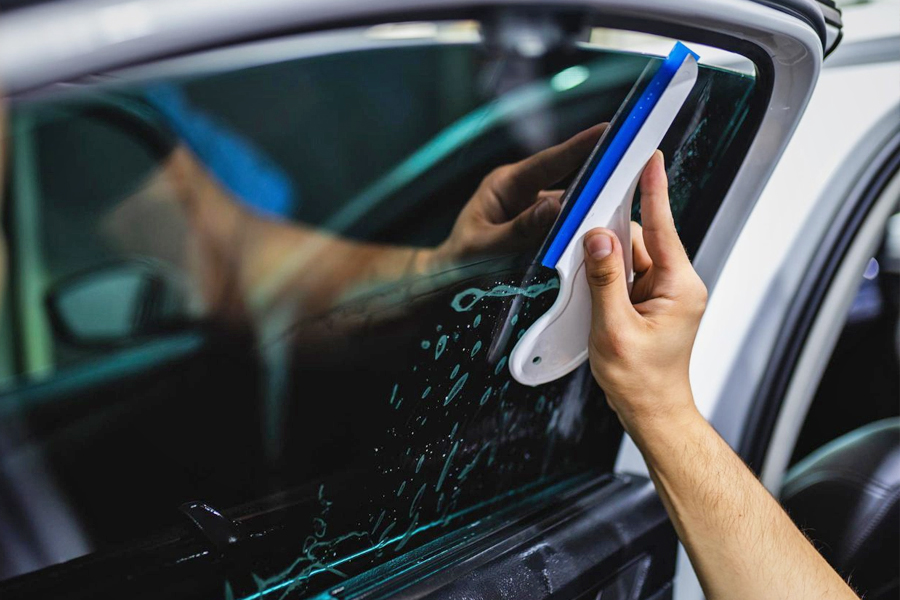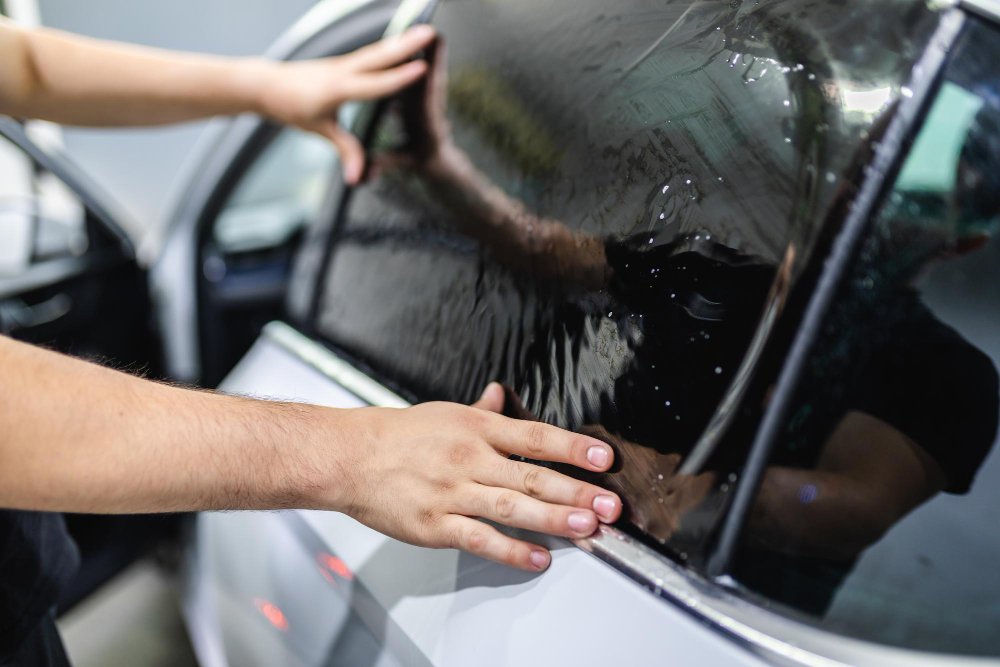Home Window Tinting Laws and Guidelines: What You Required to Know Before Tinting Your Vehicle
Prior to continuing with window tinting for your vehicle, it is important to familiarize on your own with the varied regulations and standards that regulate this practice throughout different states. These laws determine the permissible degrees of color darkness, typically gauged by visible light transmission (VLT) percents, and include particular specifications for front windshields intended at guaranteeing roadway safety. Furthermore, particular jurisdictions may provide clinical exemptions for individuals with qualifying problems. Comprehending these complexities can save you from possible lawful implications, yet what are the particular regulations in your state?
Overview of Home Window Tinting Rules
Home window tinting regulations are regularly based on variation throughout different territories, reflecting neighborhood laws and security considerations. These legislations dictate the permitted degrees of tint darkness and reflectiveness on vehicle home windows, ensuring that motorists preserve adequate visibility while additionally securing versus unsafe UV rays and heat.
Most regulations identify window tinting based upon the Visible Light Transmission (VLT) percentage, which indicates the quantity of light that can go through the home window. Usually, reduced VLT portions signify darker colors. Laws usually separate between the front, side, and back windows, with more stringent constraints put on the front windscreen to improve security for both the chauffeur and various other road customers.
Compliance with window tinting guidelines is crucial, as infractions can result in fines, mandatory removal of the tint, and potential increases in insurance coverage costs. It is essential for car owners to familiarize themselves with neighborhood regulations prior to continuing with window tinting setups.
State-by-State Tint Regulations
Understanding the specific home window tinting guidelines in each state is crucial for vehicle proprietors seeking to adhere to the law. Each state in the united state has actually developed its very own collection of regulations controling home window tinting, which can differ dramatically. These policies commonly dictate the permitted levels of tint darkness, the kinds of windows that can be tinted, and any kind of clinical exceptions that might use.
For example, states like California have stringent limitations on tint darkness for front home windows, while others, such as New Mexico, may allow darker colors. In addition, specific states mandate particular visibility percents for various windows, consisting of the windshield, front side home windows, and back windows. It is important for vehicle owners to familiarize themselves with their state's legislations to prevent prospective fines or penalties.
Moreover, some states might require a qualification sticker to be placed on colored windows, indicating conformity with state legislations. Failure to stick to these regulations not just risks lawful consequences but can additionally impact safety and security and visibility while driving. Automobile proprietors should carry out complete research study or seek advice from neighborhood authorities to ensure complete understanding and conformity with state-by-state color guidelines.
Allowed Tint Kinds and levels
Numerous vehicle owners might be shocked to learn that permitted color levels and kinds differ extensively throughout various states. Each state has actually established its own policies relating to the allowable darkness and reflectivity of home window tint, commonly determined by Visible Light Transmission (VLT) percentages. VLT describes the amount of light that can go through the colored home windows; therefore, a reduced percent indicates a darker go to website tint.

Additionally, the kinds of tint materials enabled can vary, with some states forbiding mirror-like or metallic surfaces. It is vital for vehicle proprietors to familiarize themselves with their state's specific laws to guarantee conformity. Non-compliance can result in penalties, obligatory elimination of the tint, or various other lawful repercussions, making it essential to comprehend these policies before continuing with setup.
Medical Exemptions for Tinting
While not all states supply allowances for medical exemptions pertaining to home window tinting, those that do identify the necessity for particular individuals to boost exposure and convenience because of medical problems. Numerous clinical conditions, such as lupus, skin cancer cells, and particular eye conditions, can make people especially conscious sunshine. These people might need darker tints to protect themselves from hazardous UV rays and glow.

It is essential to note that despite a clinical exception, there may still be limitations on the level of tint allowed. Compliance with state legislations guarantees that individuals are both safeguarded and within legal limits. Those thinking about clinical exemptions must call their regional Department of Electric motor Cars or equivalent authority to recognize the requirements and treatments essential to request an exemption effectively.
Fines for Non-Compliance
Failing to follow window tinting laws can bring about considerable charges, which differ by state. Regulation enforcement companies are equipped to release citations for cars that do not comply see post with the specified tinting regulations. These penalties normally include penalties, which can range from moderate amounts to several hundred dollars, depending on the extent of the violation and the state concerned.
In some territories, duplicated offenses might cause rising penalties or added charges, such as mandatory court appearances. Non-compliance may necessitate the removal of prohibited tinting, frequently at the owner's expenditure. In severe instances, regular offenders may deal with suspension of their vehicle registration till compliance is accomplished.
Additionally, insurance policy ramifications may occur from receiving multiple citations for home window color offenses. Insurance firms might watch such offenses as an indicator of riskier behavior, potentially bring about increased premiums or trouble in protection.
To stay clear of these fines, it is vital for car owners to familiarize themselves with their neighborhood window tinting laws and make certain that their vehicle complies (Window Tinting). This proactive strategy not only prevents legal ramifications yet likewise promotes roadway safety and security
Final Thought

Most regulations identify home window tinting visit homepage based on the Visible Light Transmission (VLT) portion, which suggests the amount of light that can pass with the home window. Conformity with home window tinting regulations is important, as violations can result in penalties, obligatory elimination of the tint, and possible rises in insurance costs.Recognizing the certain home window tinting policies in each state is essential for vehicle owners seeking to abide with the law. These guidelines commonly dictate the permitted levels of tint darkness, the kinds of home windows that can be tinted, and any medical exceptions that might apply.
For circumstances, states like The golden state have rigid restrictions on color darkness for front home windows, while others, such as New Mexico, might allow darker tints.